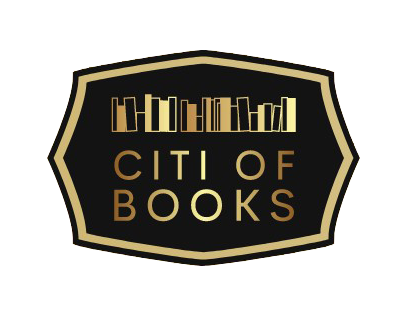Writing is a way to escape reality or to relax by expressing thoughts through written words. It is a way to express words that can’t be said. Or an instrument where you can inspire people by sharing a story or a narrative of insights. Writing is something a writer can value, especially when they see that their book is displayed in physical bookstores. Don’t you want your story to be read by many?
Writers’ true pride and joy is seeing their books published and read by people. Also, aside from fulfilling their dreams as a writer, they can invest in it. Books can be published whether they are fictional or not. It doesn’t matter. What matters is that in publishing a book, there are two types that a writer needs to be familiar with, and these are self-publishing and traditional publishing.
So, what are the differences between these two types? But before that, let’s first understand the meaning of self-publishing vs. traditional publishing.
Self-publishing
Are you familiar with the novels “Eragon,” “Fifty Shades of Grey,” and “The Martian?”
If yes, these books are self-published books under their respective publishers that have created a name in the literary world. Most of the books mentioned above were adapted into films and turned out to be some of the best-selling books.
Self-publishing, also known as independent publishing, is a form of media distribution by its creator without a traditional publisher involved. Herein, all the rights to the book will be given to the author. The authors can also publish anytime and as many books as they want, as it won’t take many years to publish a book. It is an investment they can choose as they pay for the publication of their books.
Also, after the author successfully publishes the book, he/she will receive at least an 80% royalty per book sold. Furthermore, your book will also be registered for credibility and to keep your rights to the content of the book in US copyright. A Library of Congress Classification (LCC) and an International Standard Book Number (ISBN) will also be assigned.
Traditional Publishing
Unlike self-publishing, wherein the cost will be shouldered by the author, traditional publishing is different. Famous works by well-known authors are usually what’s under “Traditional Publishing. A contract will be offered to the author by the publisher to print, publish, sell, and distribute the book to the booksellers and retailers. In addition, the publisher buys the publishing rights of the book and pays the author royalties from the sales.
Typically, all decisions and rights for the book are placed with the company in this type of publishing. However, the publishing process might take longer compared to self-publishing as it has a longer process than the latter.
Authors who want their work traditionally published might need an agent to represent them. They’ll be the ones to sell the book to different publishing houses, and once it is sold, the author will receive an honest advance. However, it doesn’t end there as it takes between 1-3 to publish the book after the agent agrees to represent the author. There’s no cost in publishing a book under a traditional imprint, which is a good thing, and the author also receives at least 10–12.5% of royalties for every book sold.
Some things should be considered before publishing a book, specifically the difference between the two publishing categories. The key points to remember are that they differ in distribution, royalty rates, cost or investment, and timeframe.
There’s nothing wrong with dreaming of becoming a published author; you just have to believe in your capabilities. Don’t be afraid to take a risk as you write and express those wonderful thoughts and insights running through your head. And, once your manuscript is done, decide whether you want to hope to get it displayed in bookstores in a short time.
Start writing your masterpiece and publish it at your own pace.
Like what you just read?

